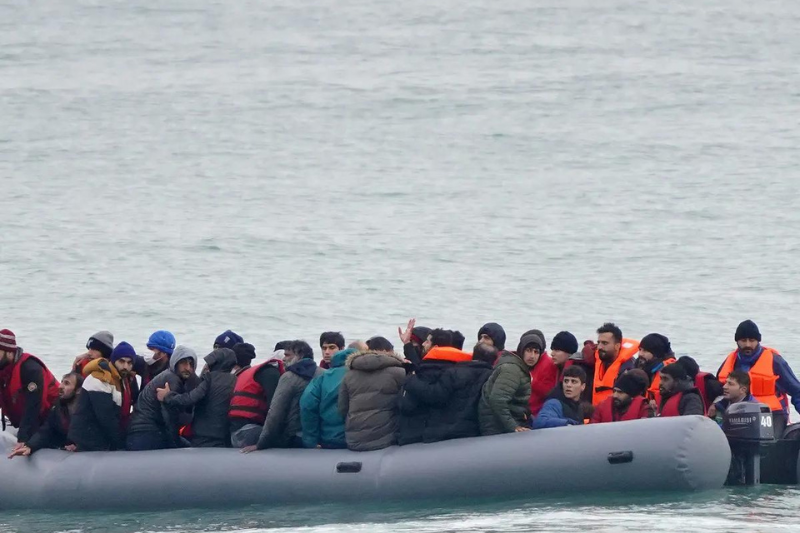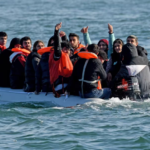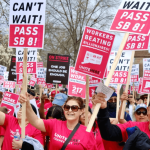
campaigners want uk to introduce refugee visas to stop risky channel crossings
So far this year, more than 14,000 people from a number of different countries have crossed the English Channel to reach the UK. In an effort to help stop the dangerous small boat crossings, the Refugee Council is proposing safe and legal routes for migrants.
It wants the British government to introduce a new one-year “refugee visa” scheme. It would see the UK issue 10,000 visas to asylum seekers from Afghanistan, Iran, Syria, Eritrea and Sudan – counted among the top refugee-producing countries.
Proposed Scheme Expected To Make People Smugglers Redundant
UK’s Illegal Migration Act 2023 plays a substantial role in Prime Minister Rishi Sunak’s pledge to stop the illegal boat crossings. Under the new legislation, those arriving in the country through illegal routes would be removed either to Rwanda or another “safe” third country.
The Refugee Council claims the new law will not work. The proposed scheme would make the smugglers redundant, said Enver Solomon, the charity’s chief executive, adding when there are safer alternatives for people to reach the UK, the number of small boat arrivals will drop.
The scheme is similar to the ones used for Ukrainians fleeing the brutal year-long invasion launched by Russia. It’s essential for applicants to have left their home country before requesting a refugee visa.
Keep Reading
Basic security checks would be carried out, with other forms of documentation accepted if the asylum seekers did not have a passport, according to the Refugee Council. A Home Office spokeswoman stressed their priority was to stop the risky Channel crossings.
Home Office Insists There Are Multiple “Safe And Legal” Paths
People escaping war and persecution should claim asylum in the first country they reach rather than paying people smugglers to arrive illegally in the UK, she added, highlighting the Illegal Migration Act aims to deter people from making unnecessary journeys.
The Home Office insisted there are multiple “safe and legal” paths to enter the country. But some of these routes are restricted to individuals from specific countries, while others allow only a limited number of migrants to enter.









